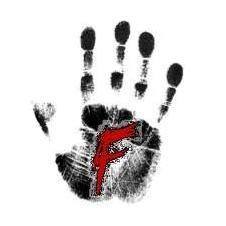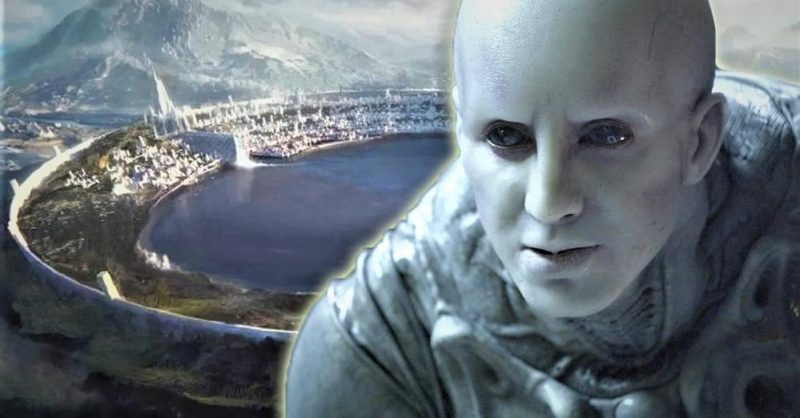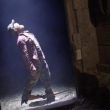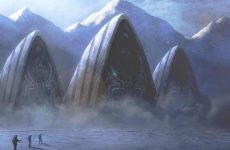As Roșia Montană is a mining region in Romania, several discoveries have been unearthed over the years, the most interesting being a 10-meter-high skeleton found in 1976.
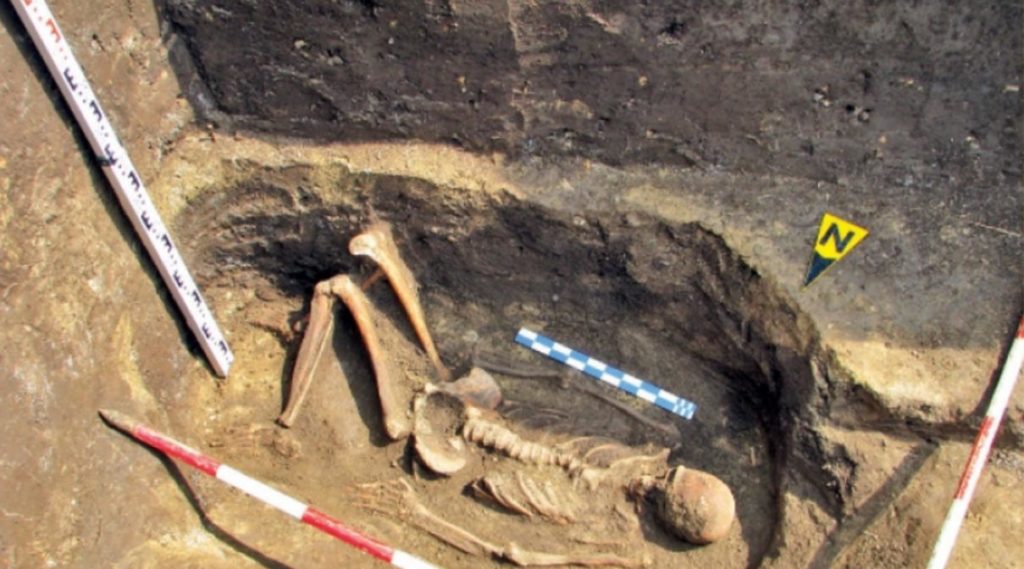
About 5,500 years ago, the Agathyrsi built an underground gallery in this region. In February 2012, a group of geologists was digging for a gold vein in this same area.
They continued digging until they ended up hitting the floor of this gallery. To their great surprise, they found a tombstone that was definitely out of the ordinary.
Geologists took a sample of this stone, and laboratory results revealed that its components included 55% 24-karat gold dust, 15% granite dust, and 30% tungsten.
In addition, the analyzes revealed that this composite rock had been manufactured using some type of technology unknown to this day.
The Hyperborean Gallery
Known by the name of “Hyperborean Gallery” or “Gallery 13”, the place where this amazing discovery was made is located under the small town of Cornea. In 1976 various other discoveries were also made at the site.
However, in the name of “security”, these anthropological and archaeological discoveries were considered too unusual and shocking for the time, so the gallery was permanently sealed.
The sepulcher stone was not the only unusual element found inside this gallery.
On it, archaeologists found the skeleton of a giant about 10 meters tall. Apparently, the giant had been buried there after his death, with his legs drawn up to the side.
Lacking the proper equipment needed to analyze a find like this, the skeleton was sent to Moscow. Unfortunately, nothing has been heard of the bones of this giant since then.
As for the tomb stone, it was decided to analyze it through a new series of investigations in 2012. The relic was unearthed again and measurements showed that it was six meters wide, twelve meters long and three meters high.
It weighed almost 1,700 tons and contained about 900 tons of pure gold inside. To get an idea, that amount of gold would have required more than twenty years of mining or panning.
The last that was known of this enormous stone was that it had been cut into 80 smaller pieces in order to make it possible to transport it. As for their fate, it is unknown where they ended up.
One of the archaeologists who worked in Gallery 13 took a series of photos of the tomb stone and sent them to a paleolinguist. He observed an emerald green bas-relief inscription that covered the entire surface of the huge slab.
The text had been written in three parallel lines beginning in its upper left corner. From there, the inscription descended diagonally, similar to a snake, and spiraled around the head of a wolf.
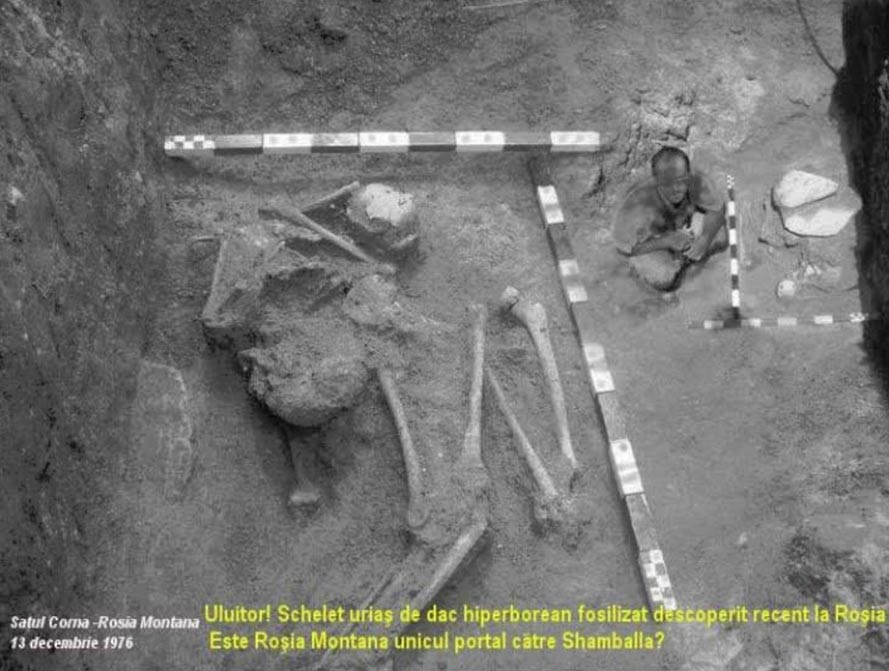
Finally, the text ended in the lower right corner. The paleolinguist speculated that this unknown script might be Pelasgian, and also believed that the discovery, with its carvings and inscriptions, clearly had great historical and cultural value.
Still, the stone was cut into pieces and melted down. The state obtained a percentage of these 19 pieces, 31% as stipulated in the gold exploitation contract in the area.
In the course of the excavations, the hoisting of the stone of the tomb also revealed the entrance to an underground. The pit, four meters in diameter, featured a descending spiral staircase, and from its interior came a milky violet light.
A closer inspection of the steps made it clear that they looked as if they had been cut into the pit walls themselves with a laser. As for the violet light, no one knew how to determine its origin.
Curious to discover the origin of this light and see what was inside the underground, the paleolinguist went downstairs, but no one was brave enough to join him. The night passed and the man never returned.
Finally, the army sealed the entrance to the underground, along with Gallery 13 in its entirety, with cement.
Those present never spoke about these discoveries again, since they were forced to sign confidentiality agreements, so what could be in the basement to which the stairs led remains a mystery to this day.
Giants discovered in Romania
Various archaeological finds have also been made in Giurgiu. For example, the ancient city of Argedava was found to be the first capital of King Burebista before he unified the Dacian tribes in the area.
But an even more interesting discovery was made in this region in the 1940s. In this decade, archaeologists unearthed as many as 80 humanoid skeletons that appeared to be giants.
These huge skeletons were between four and five meters tall.
Other similar finds have been unearthed in Polovragi, in Cetateni under the Negru Voda Monastery and in the Bucegi Mountains, where workers were surprised to discover the existence of an ancient network of tunnels in the subsoil.
Thus, skeletons of giants have been discovered in many parts of Romania.
To name but a few, giants have been found in: Scaieni (Buzau County), Mariuta (Calarasi County), Perșani Mountains, Polovragi, Piatra Craiului, Tara Hategului, Cetateni under Negru Voda Monastery, and in many other places .
In Maramures it is believed that the Oncesti Fortress (“Cetatea de la Oncesti”) housed giants. In Argedava, 80 tombs were found with the remains of giants taller than five meters (16 feet).
Although most of them were suddenly “lost” soon after they were discovered, mysterious skeletons of giants have continued to be unearthed in Romania for years.
